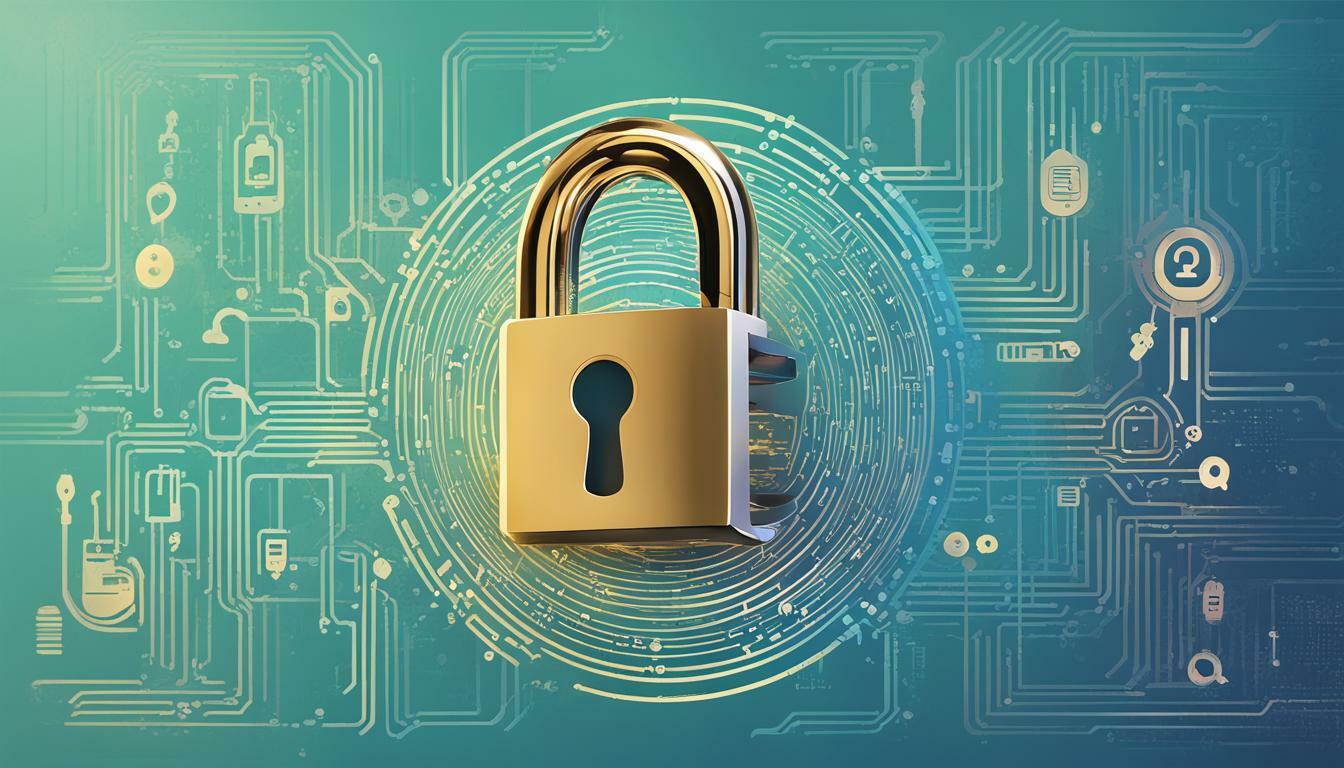
Welcome to an insightful journey into the world of digital identity. In today’s age, our online presence and personal information are more vulnerable than ever before. Understanding digital identity is crucial to protecting ourselves from potential risks and threats. In this section, we will provide an overview of digital identity, its importance and significance in the digital world. We will also explore the concepts of authentication and authorization, and their role in managing and safeguarding our digital identities.
Key Takeaways
- Digital identity is crucial to our online presence and personal information protection.
- Authentication and authorization are vital components in managing and safeguarding digital identities.
- Enhancing our knowledge of digital identity aids in reducing the risks associated with our digital footprint.
Understanding Digital Identity
Digital identity refers to the information that identifies us in the digital world. In today’s highly connected world, where online activity is an integral part of our lives, it is vital to protect our digital identities. Maintaining online security and data privacy is more important than ever, and protecting personal information is a key aspect of this.
When it comes to protecting our digital identities, there are several important factors to consider. Online security is critical, and measures such as using strong passwords, enabling two-factor authentication and keeping software up-to-date can help protect against cyber threats.
Data privacy is also essential, and we must be aware of the ways in which our personal information is collected, used, and shared online. This includes being cautious with the information we share on social media, avoiding phishing emails, and being vigilant about the security of our devices.
Personal information protection is another critical consideration when it comes to digital identity. We must be mindful of the potential risks associated with online identity theft and take steps to protect ourselves, such as monitoring our credit reports and being cautious when providing personal information online.
By understanding the importance of digital identity and the measures we can take to protect it, we can better safeguard our personal information and reduce the risks associated with our online presence.
Authentication: Verifying Digital Identity
Authentication is the process of verifying the identity of a user or system. It plays a critical role in managing digital identities and ensuring online security. With the increasing risks of cyber attacks and data breaches, proper authentication is crucial for protecting sensitive information.
There are several methods and technologies used for authentication, such as passwords, biometrics, and two-factor authentication. Passwords are the most common form of authentication, but they can be vulnerable to attacks such as phishing and brute force. Biometric authentication, using unique physical characteristics such as fingerprints or facial recognition, provides a higher level of security and convenience.
Two-factor authentication involves using two different forms of authentication, typically a password and a token or biometric factor. This provides an extra layer of protection against unauthorized access.
Digital identity management is essential for maintaining proper authentication. It involves creating, maintaining, and protecting digital identities, ensuring that only authorized users can access sensitive information. This includes implementing proper password policies, monitoring user activities, and keeping software up to date.
Authorization: Granting Access Rights
Authorization is the process of granting access rights to digital identities based on various factors such as user roles, permissions, and attributes. It is an essential aspect of digital identity management, ensuring that only authorized individuals can access specific resources and data.
One popular method of authorization is role-based access control (RBAC), which grants access based on predefined roles within an organization. For example, an HR manager may have access to employee records, while a customer service representative may only have access to customer inquiries.
Another method of authorization is attribute-based access control (ABAC), which grants access based on specific attributes such as user location, time of day, or device type. ABAC provides more granularity and flexibility in access control, allowing organizations to tailor access rights based on specific criteria.
Proper digital identity management is crucial for effective authorization and maintaining online security. Organizations must implement robust identity and access management systems to ensure that only authorized individuals can access sensitive data and resources. This includes regularly reviewing and updating access rights based on changing roles and permissions within the organization.
Conclusion
As we conclude, it is evident that digital identity plays a significant role in our online lives. Now more than ever, it is crucial to understand the importance of digital identity management to protect our personal data and maintain online security.
By grasping the concepts of authentication and authorization, we can better protect our digital identities from identity theft and cyber attacks. Additionally, prioritizing online security and data privacy measures can go a long way in safeguarding our personal information.
In today’s world, our digital footprint is constantly expanding, making it essential to be mindful of our digital identities. As we continue to navigate the digital landscape, let us take the necessary steps to secure our digital identities and protect our online presence.
FAQ
Q: What is digital identity?
A: Digital identity refers to the representation of an individual or organization in the digital world. It includes information such as personal details, credentials, and attributes that are used to identify and authenticate individuals or entities online.
Q: Why is understanding digital identity important?
A: Understanding digital identity is crucial because it allows individuals and organizations to protect their online presence, maintain data privacy, and mitigate the risks of identity theft and fraud. It also helps in ensuring secure access to digital resources and services.
Q: What is authentication?
A: Authentication is the process of verifying the digital identity of an individual or entity to grant access to specific resources or services. It involves validating the credentials provided, such as usernames and passwords, biometric data, or through multi-factor authentication methods.
Q: What is authorization?
A: Authorization is the process of granting or denying access rights based on the authenticated digital identity. It ensures that individuals or entities have the appropriate permissions to access specific resources or perform certain actions within a system or network.
Q: What are some methods of authentication?
A: Common methods of authentication include passwords, biometrics (such as fingerprints or facial recognition), security tokens or smart cards, and two-factor authentication (combining two different authentication factors for enhanced security).
Q: What is digital identity management?
A: Digital identity management refers to the processes and technologies used to manage and control digital identities. It includes tasks such as user provisioning, identity verification, access control, and identity lifecycle management to ensure proper management and security of digital identities.








